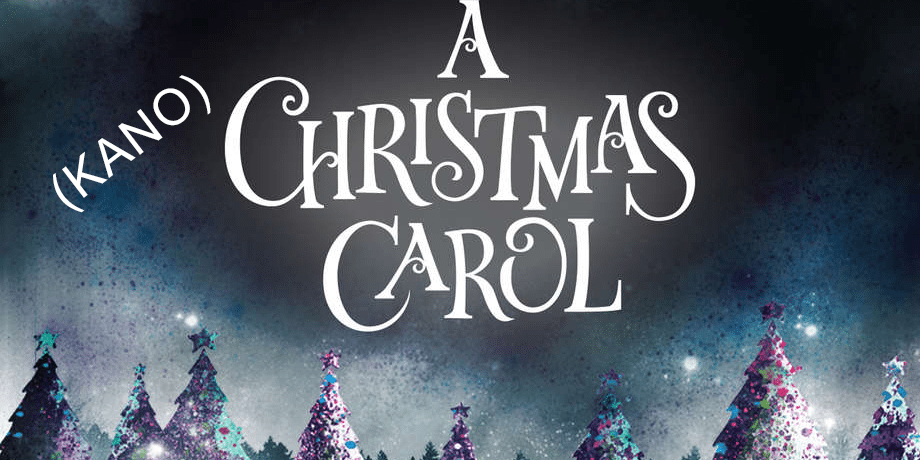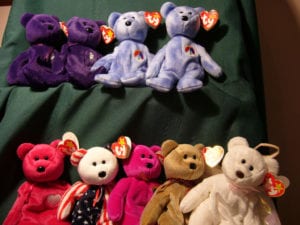The Kano Model was developed by Noriaki Kano in 1984 to outline different types of customer requirement. The model shows how the fulfilment of each type impacts on customer satisfaction, and demonstrates that more is not always better. That’s not to say a Scrooge-like approach should be adopted – just that there is a smarter way to think about the design and delivery of products and services!
The Kano model involves 3 main categories:
Must Bes: These are sometimes referred to as the unspoken customer requirements. For the customer, they’re so ‘obvious’ that to spell them out seems unnecessary. Customer satisfaction won’t increase when the Must Be requirements are delivered. But if they are not delivered, customers can become very dissatisfied.
What are your ‘Must Be’ Christmas requirements? Some of us will expect a day off work.
The aforementioned miser probably wanted to get the whole thing over with as quickly as possible! He hated the lost productivity that the Christmas holiday brought about, only letting his clerk Bob Cratchit go home early on Christmas Eve if he agreed to come in to work extra early on Boxing Day. Bah humbug!
One-dimensionals: For these requirements, the more they’re met, the more satisfied the customer will be. They are sometimes referred to as ‘satisfiers’.
What are your Christmas One Dimensionals? They might include Christmas food and drink (the more the better), the company of your friends and family, and – if you’re on the Nice list – Christmas presents!
Poor Bob Cratchit didn’t want an elaborate Christmas feast. He was delighted to have even the smallest taste of Christmas pudding, as long as he was surrounded by his family.
Delighters: These are sometimes referred to as ‘Wow factors’ or exciters! The customer is surprised or delighted by something they didn’t expect – causing a response of, “Wow!”
Fezziwig’s Christmas parties were definitely delighters. Scrooge saw this when he was visited by The Ghost of Christmas Past: “There were more dances, and there were forfeits, and more dances, and there was cake, and there was negus, and there was a great piece of Cold Roast, and there was a great piece of Cold Boiled, and there were mince-pies, and plenty of beer”…and the wow factor was delivered by Mr and Mrs Fezziwig’s amazing dance display!
The Kano model is dynamic – meaning that over time things will change. One-dimensional requirements become Must Bes, and we get disappointed if the Delighter we experienced last time is missing this time. Looking at the timeline of top selling Christmas gifts illustrates how our expectations increase. This year’s top selling Christmas present is expected to be the ‘Cozmo’ – a robot toy that is a supercomputer with artificial intelligence. In 1995, the year that Catalyst Consulting was founded, the top selling toys were ‘Beanie Babies’ – bean bag cuddly toys!
It’s helpful to keep in mind that different people (and different customer segments) will have different expectations and requirements too. Understanding the differences is vital if products, services and processes are to meet what’s Critical to Quality to customers.
These change too! Before his redemption, Scrooge hated Christmas. “Every idiot who goes about with ‘Merry Christmas’ on his lips, should be boiled with his own pudding” he said, “and buried with a stake of holly through his heart”.
But, after understanding how his behaviour has affected those around him he is transformed!
“…and it was always said of him, that he knew how to keep Christmas well, if any man alive possessed the knowledge. May that be truly said of us, and all of us!”
And so, from Tiny Tim and from all of us at Catalyst, “Happy (Kano) Christmas, Every One!”










